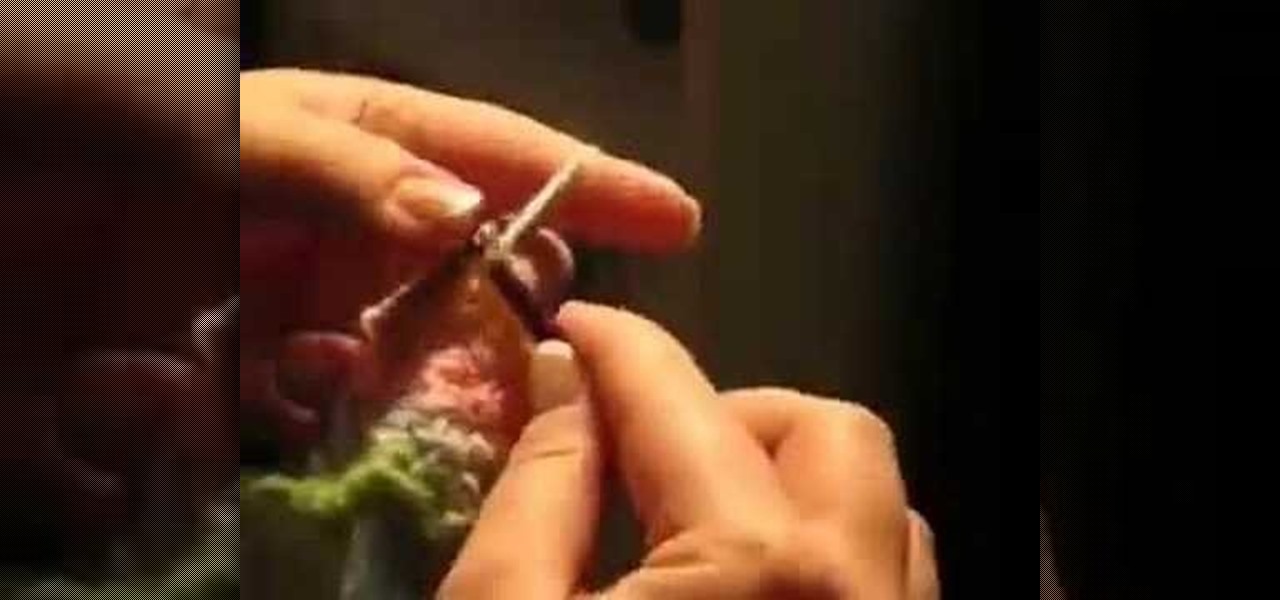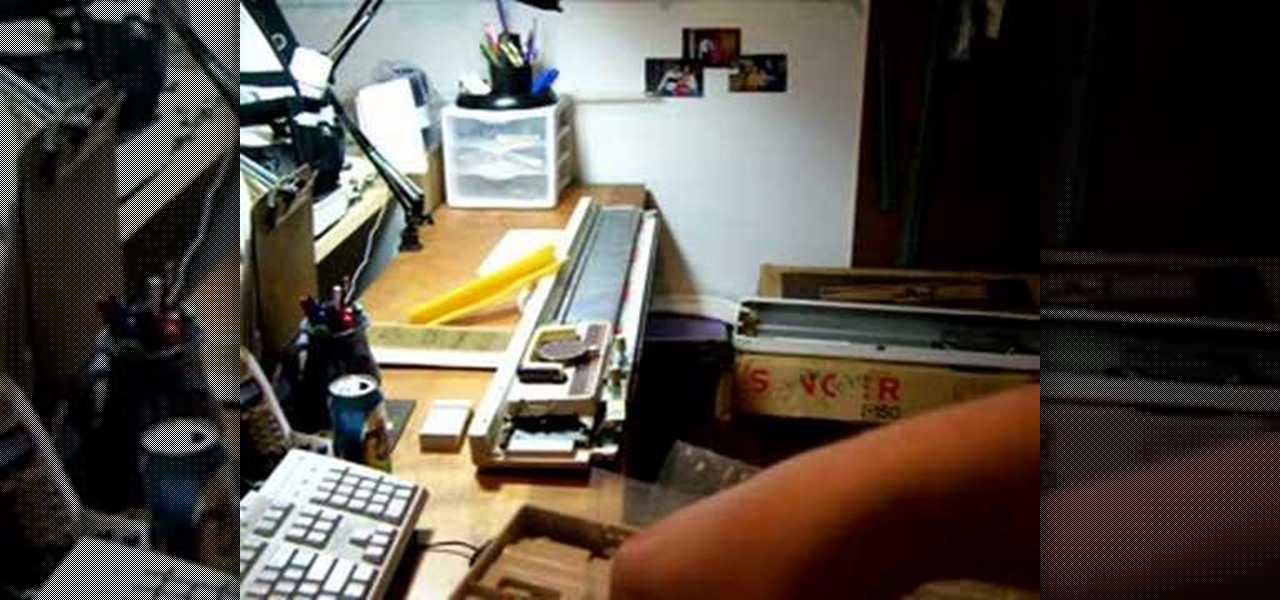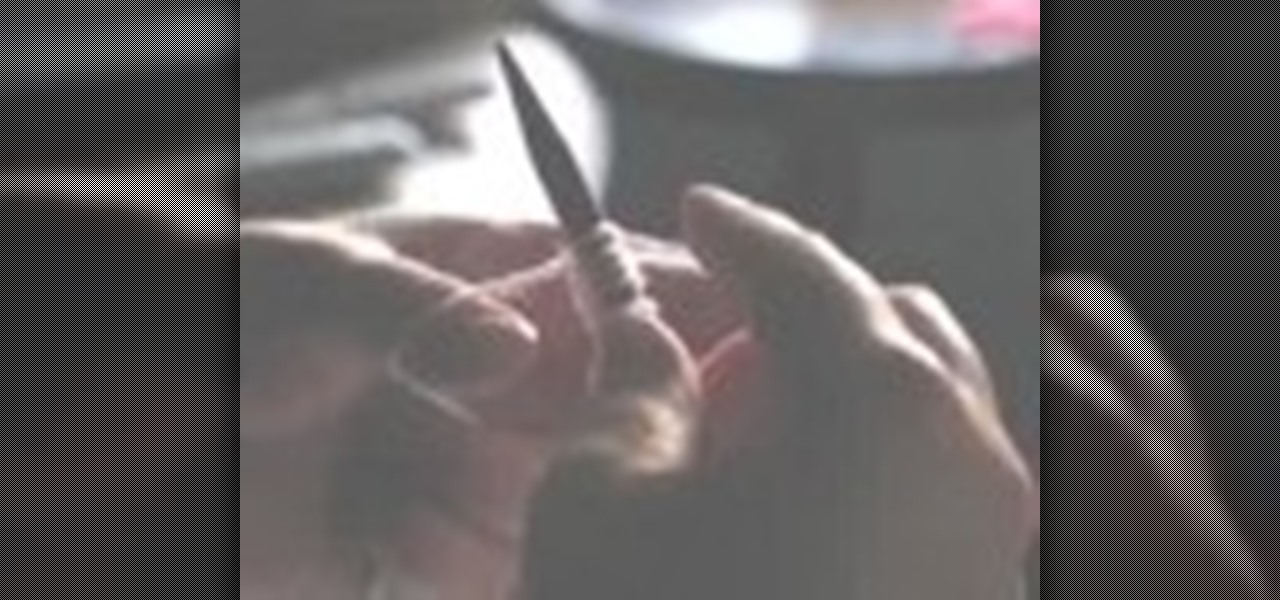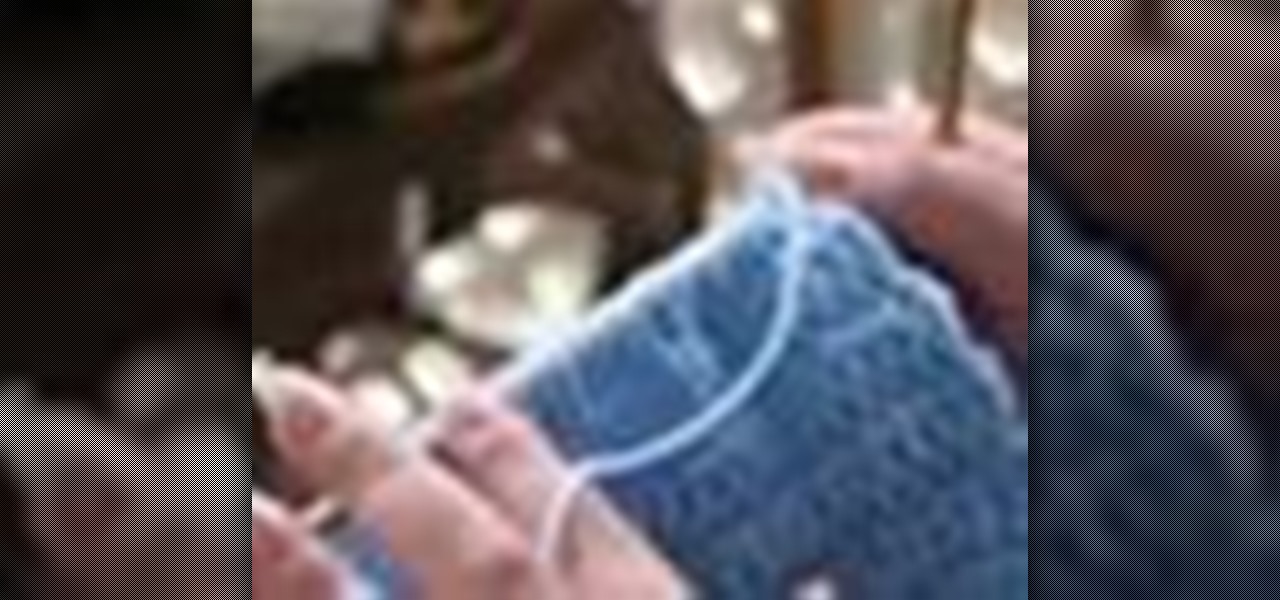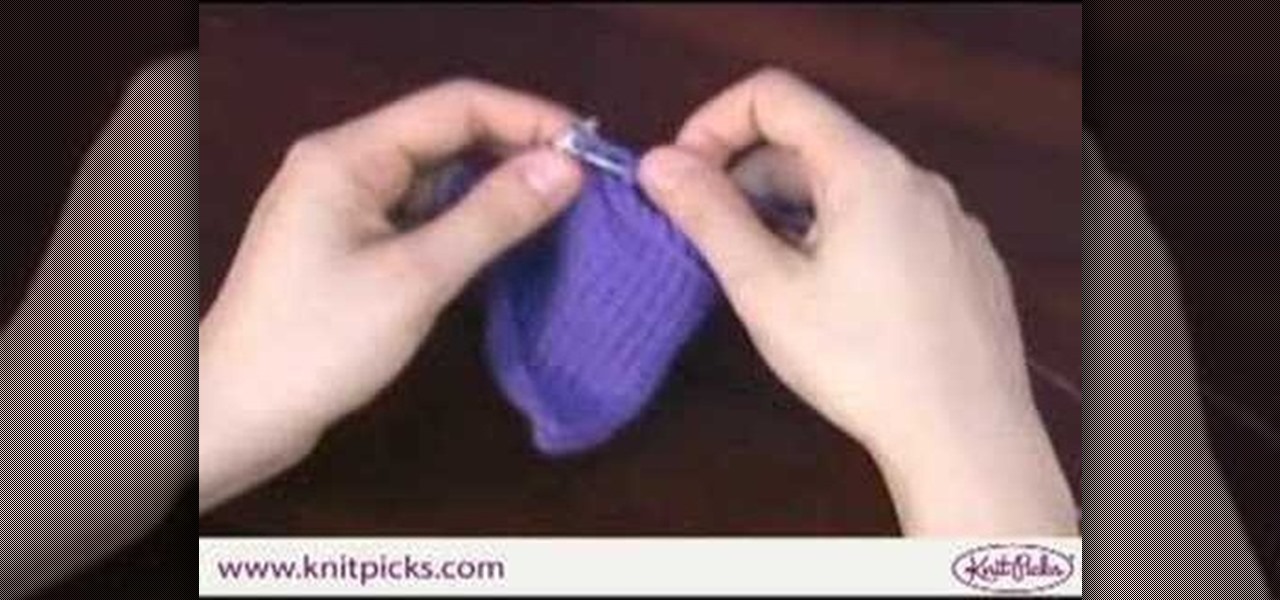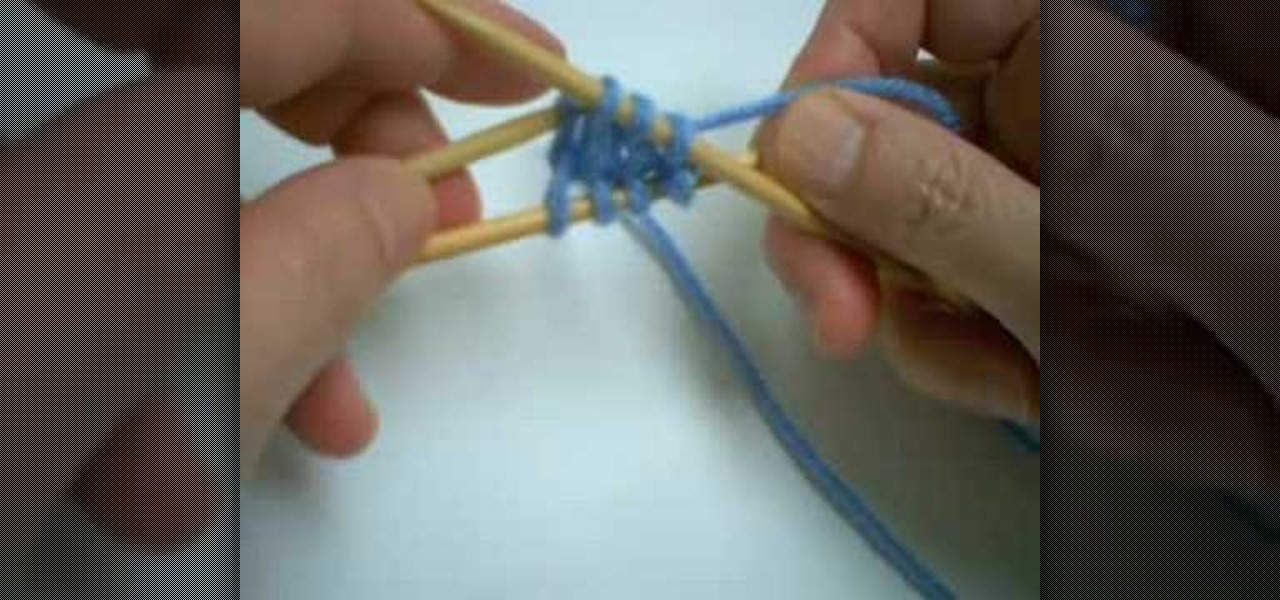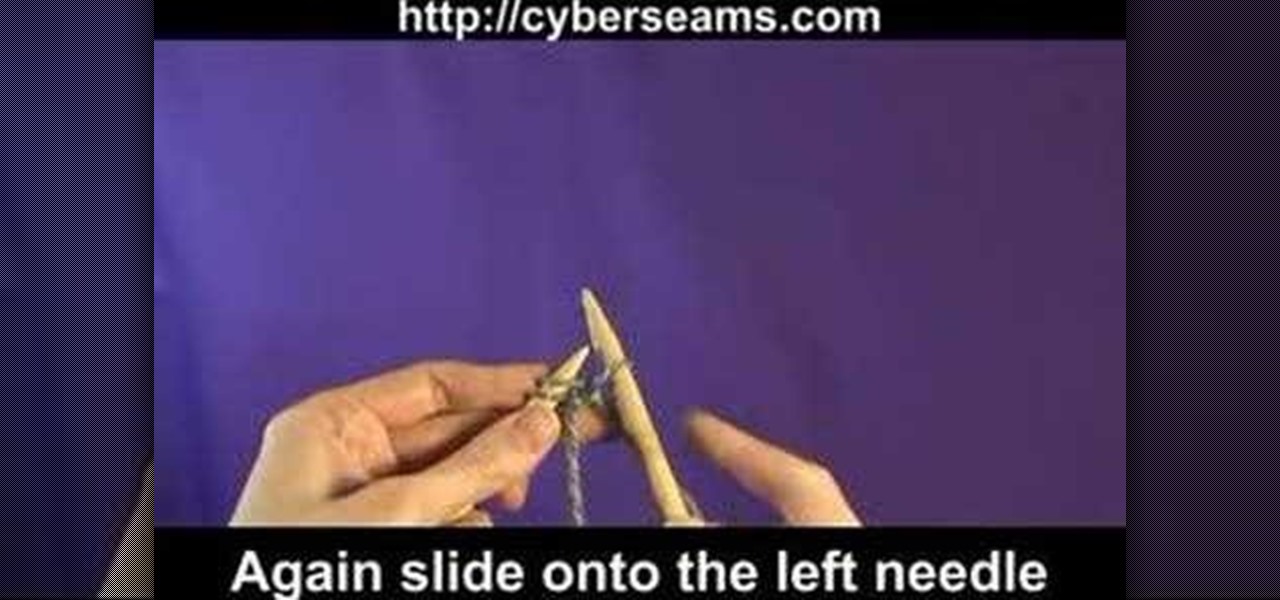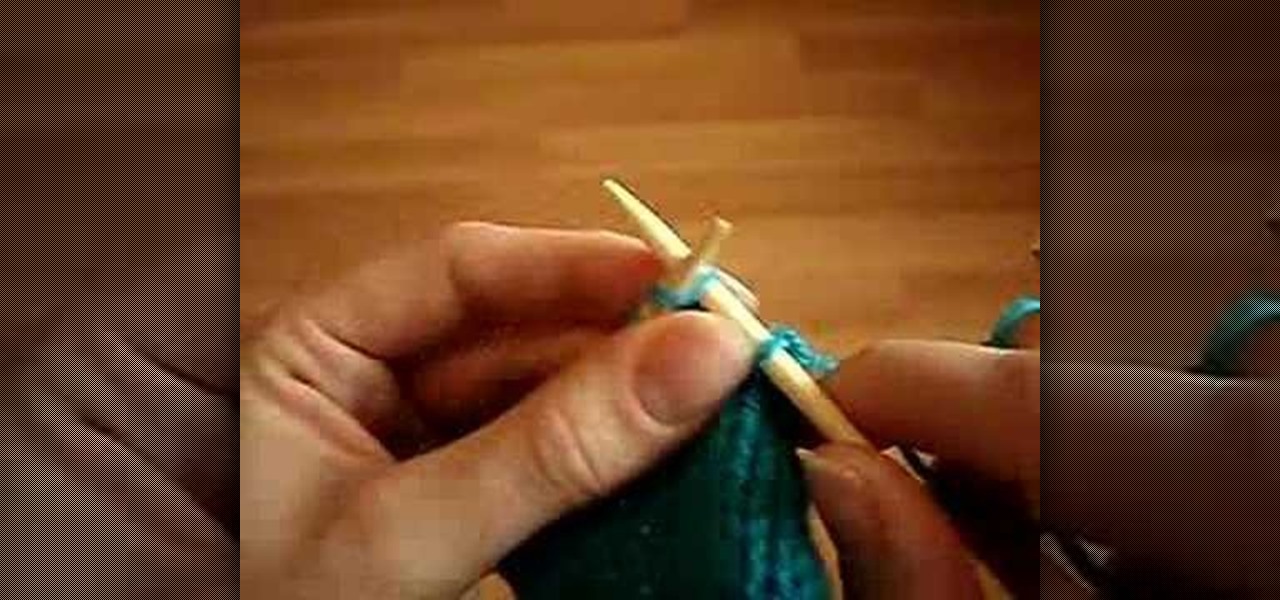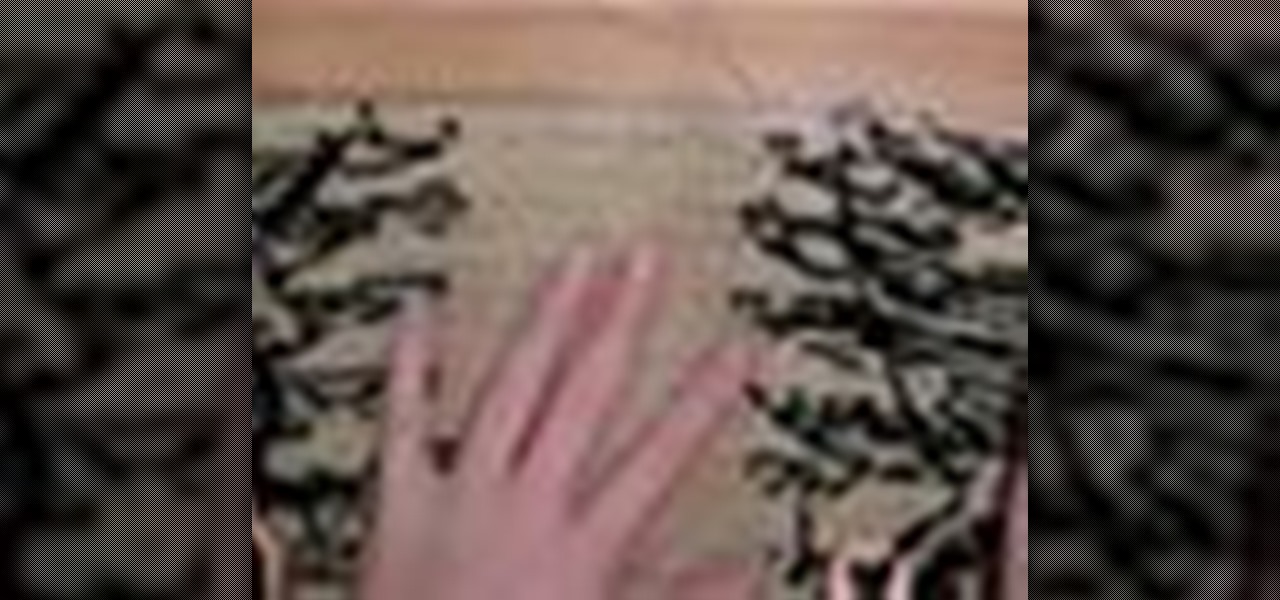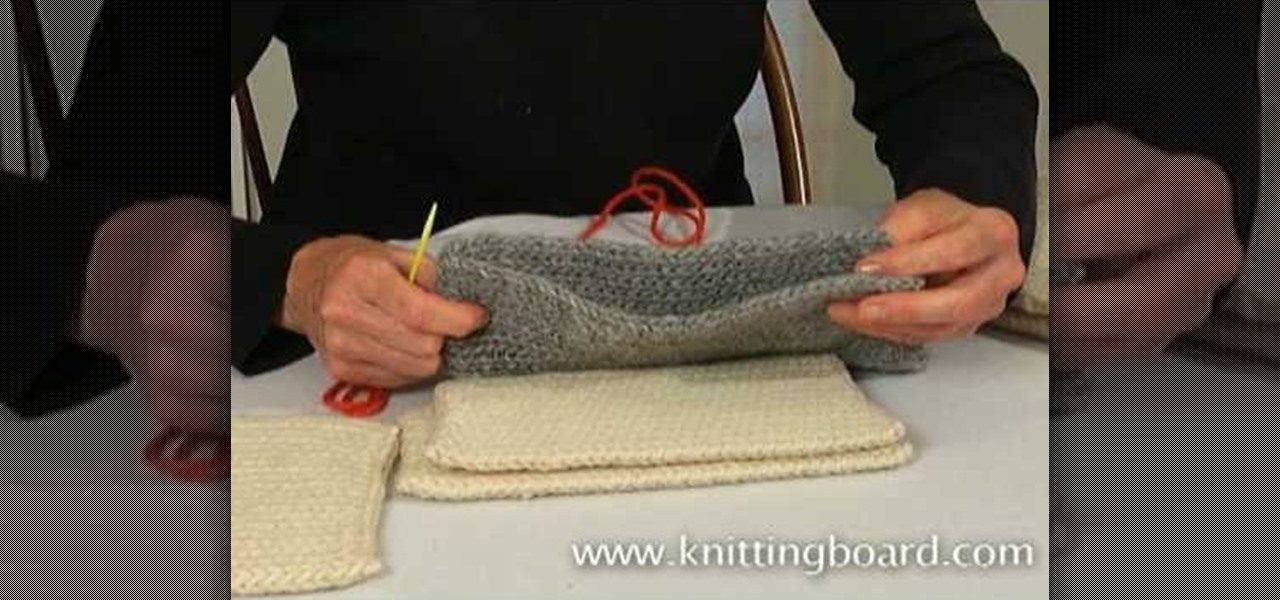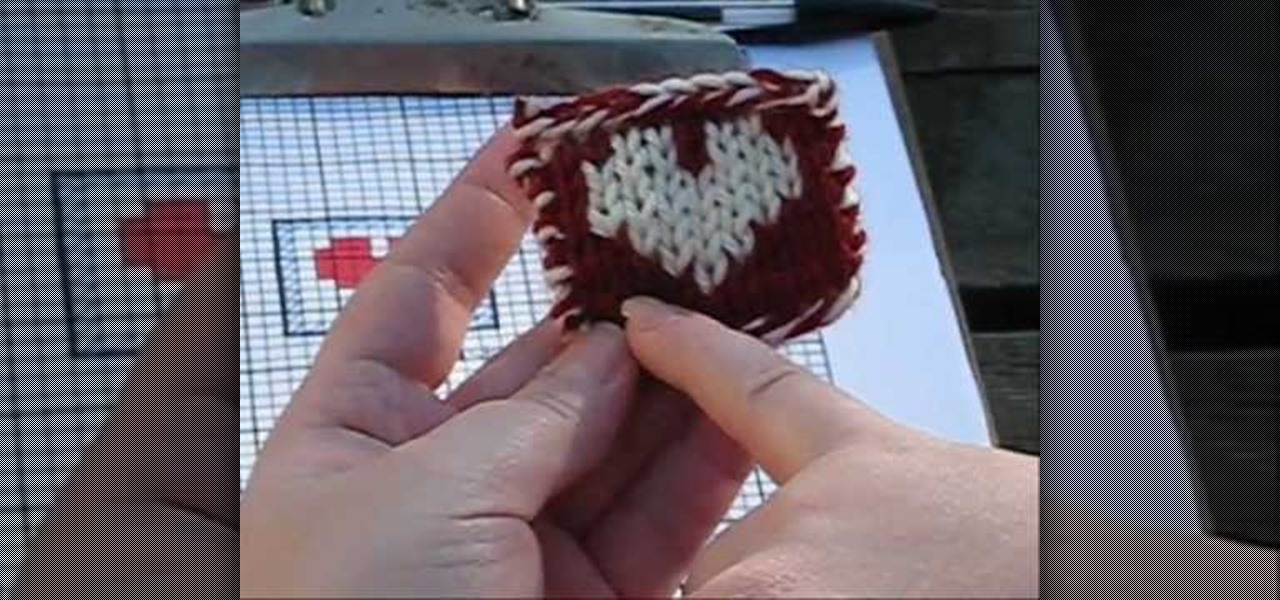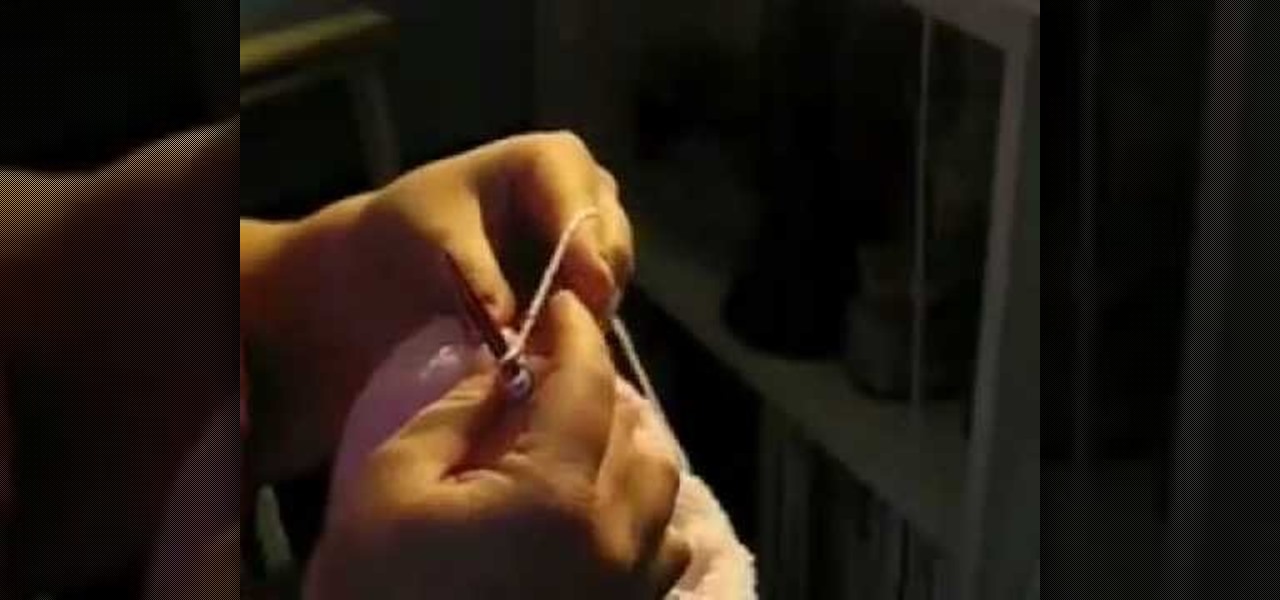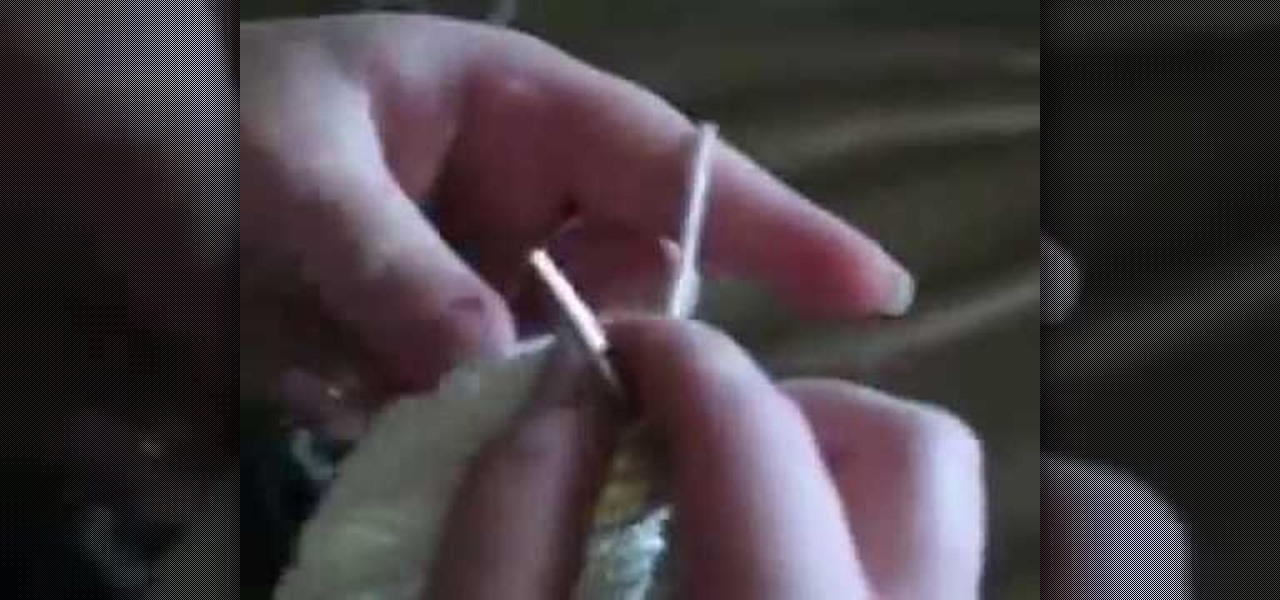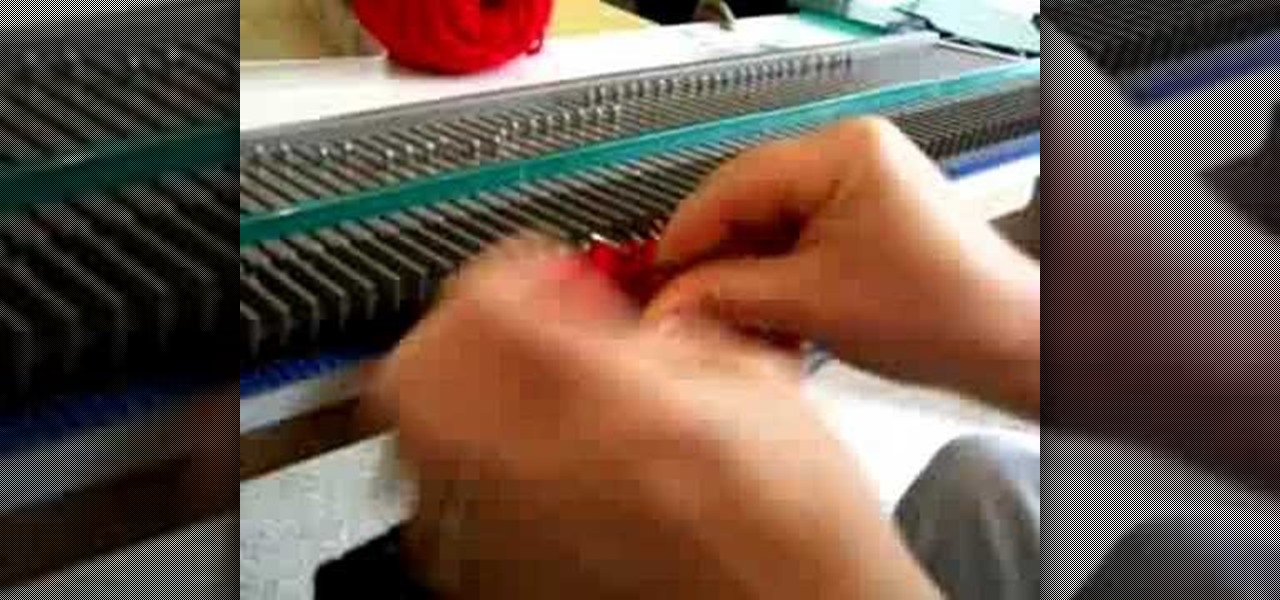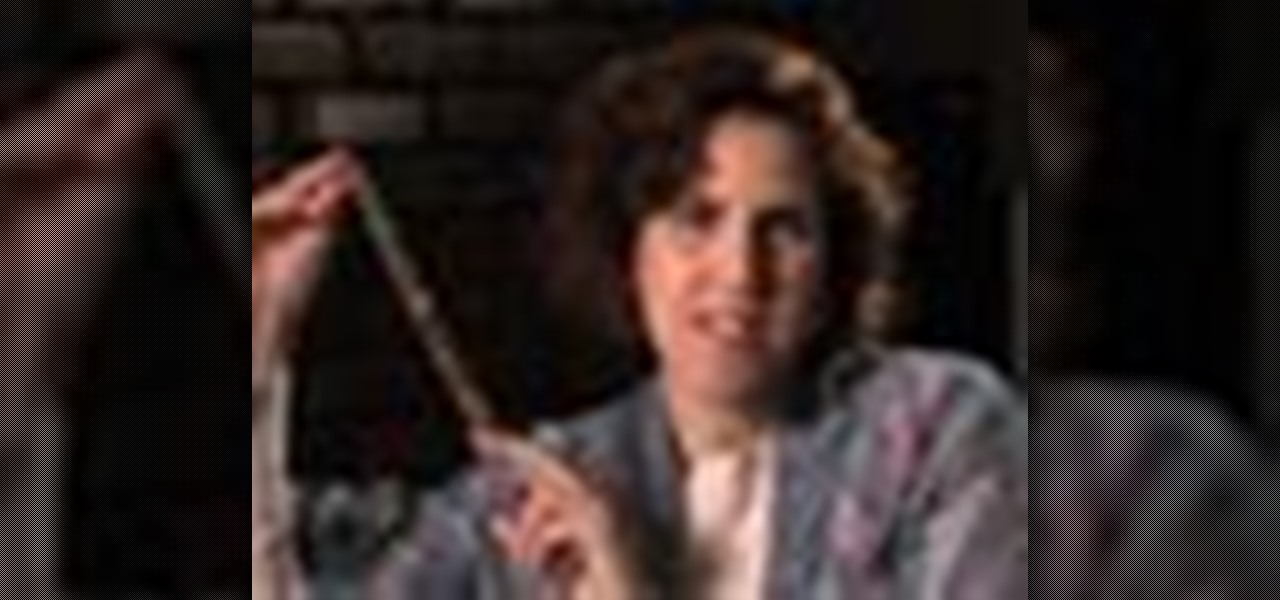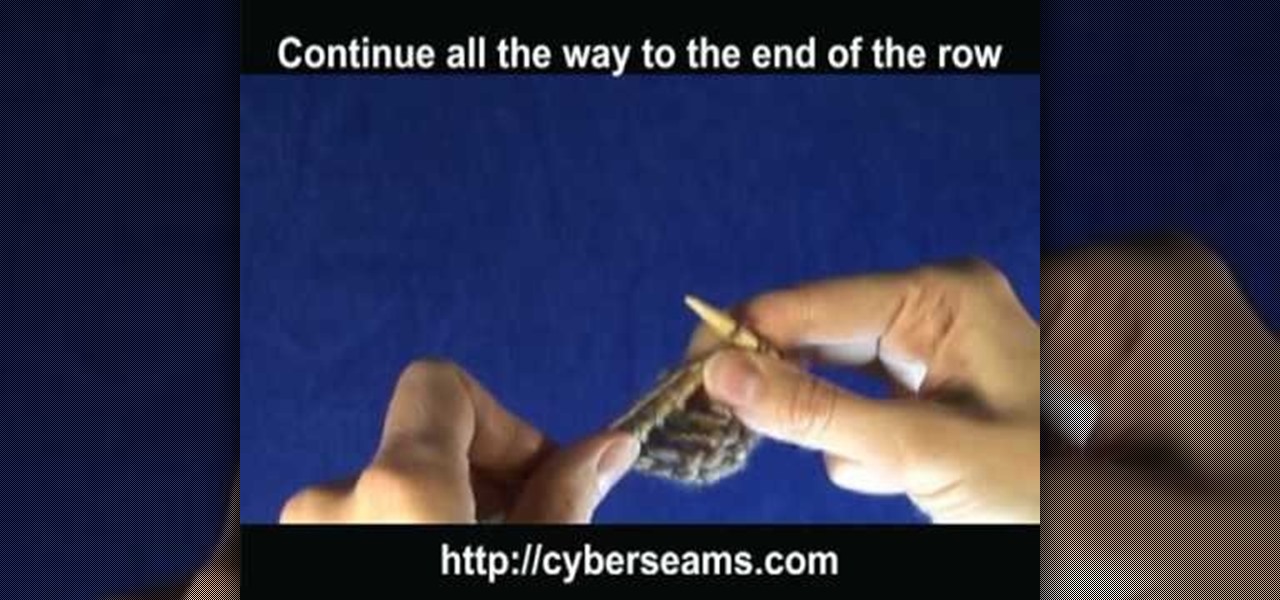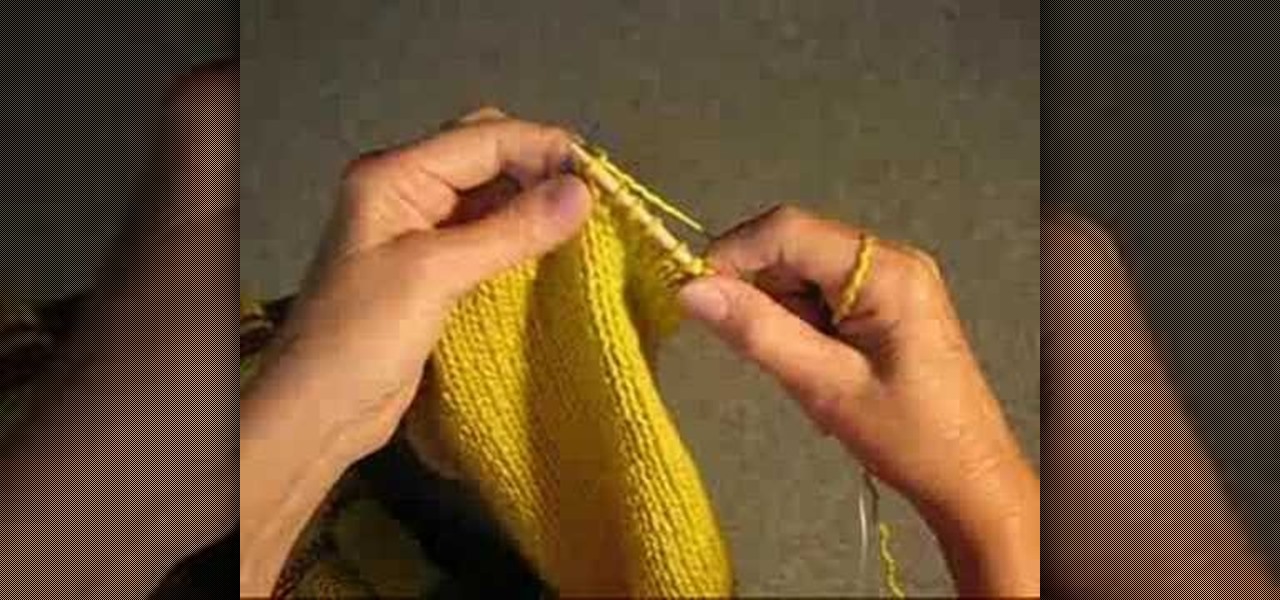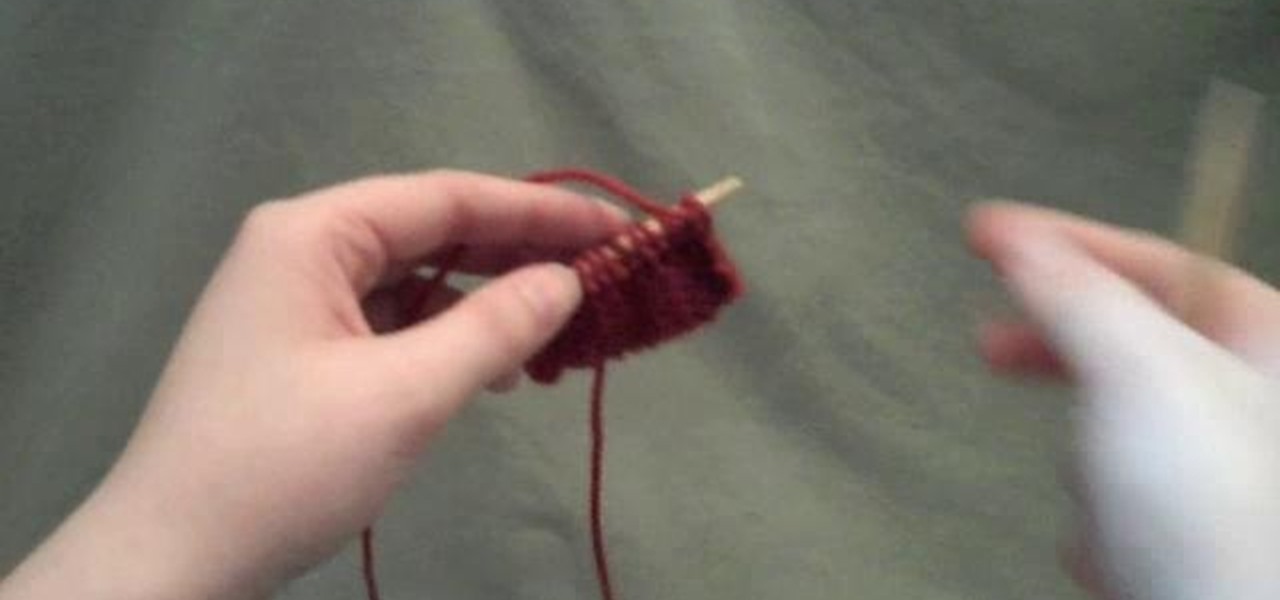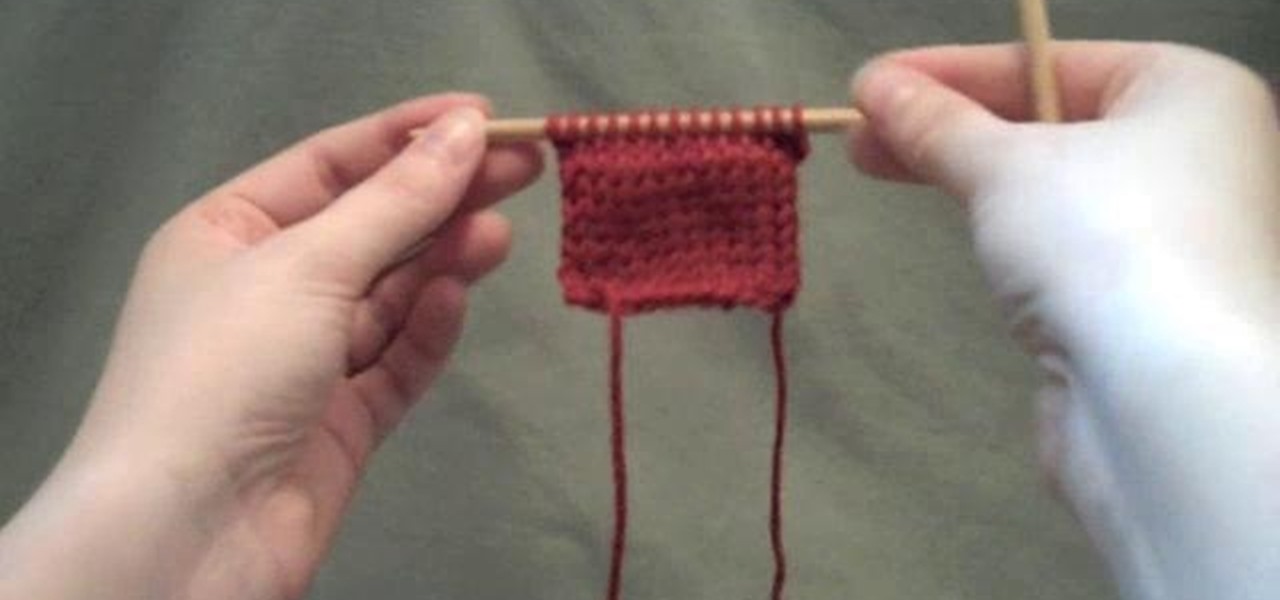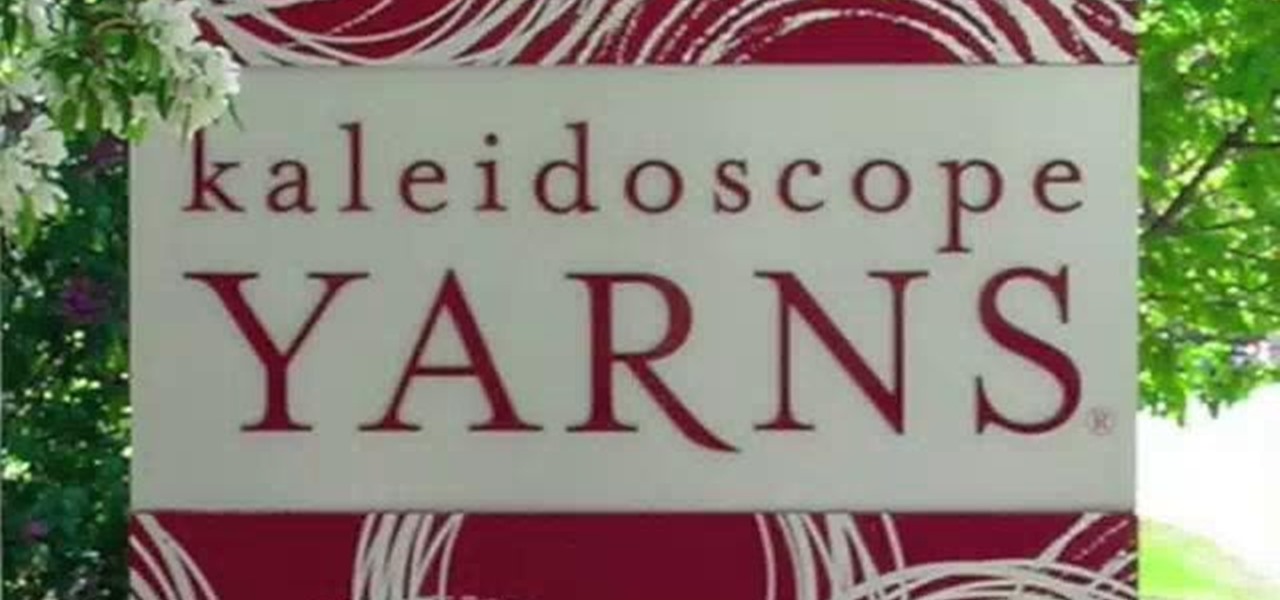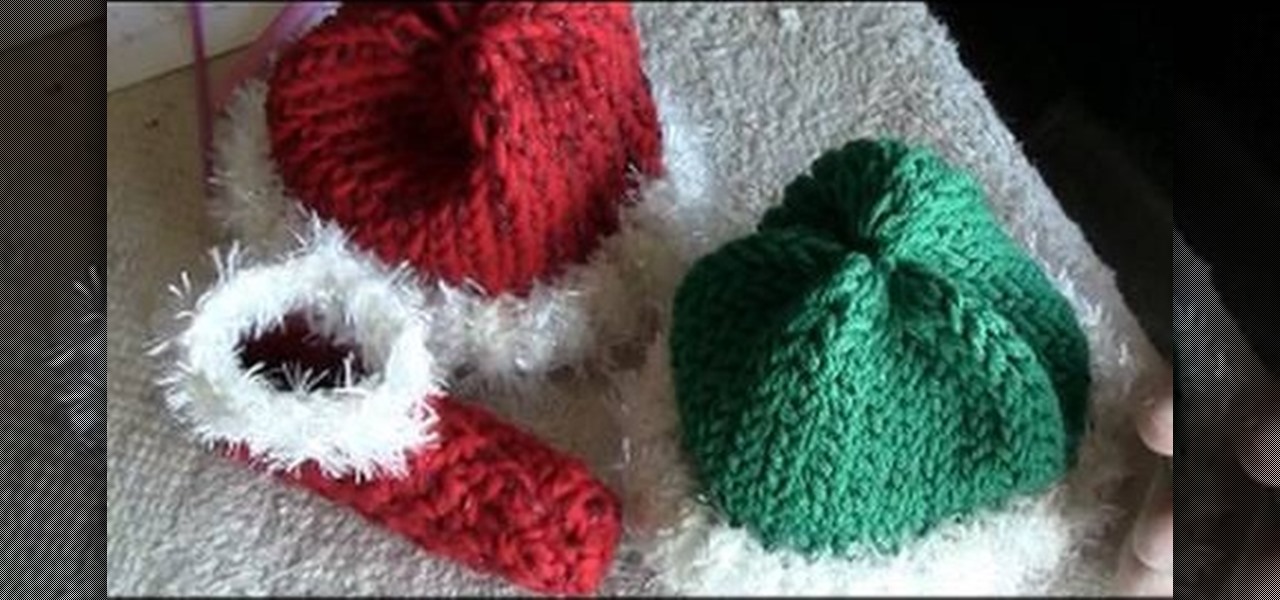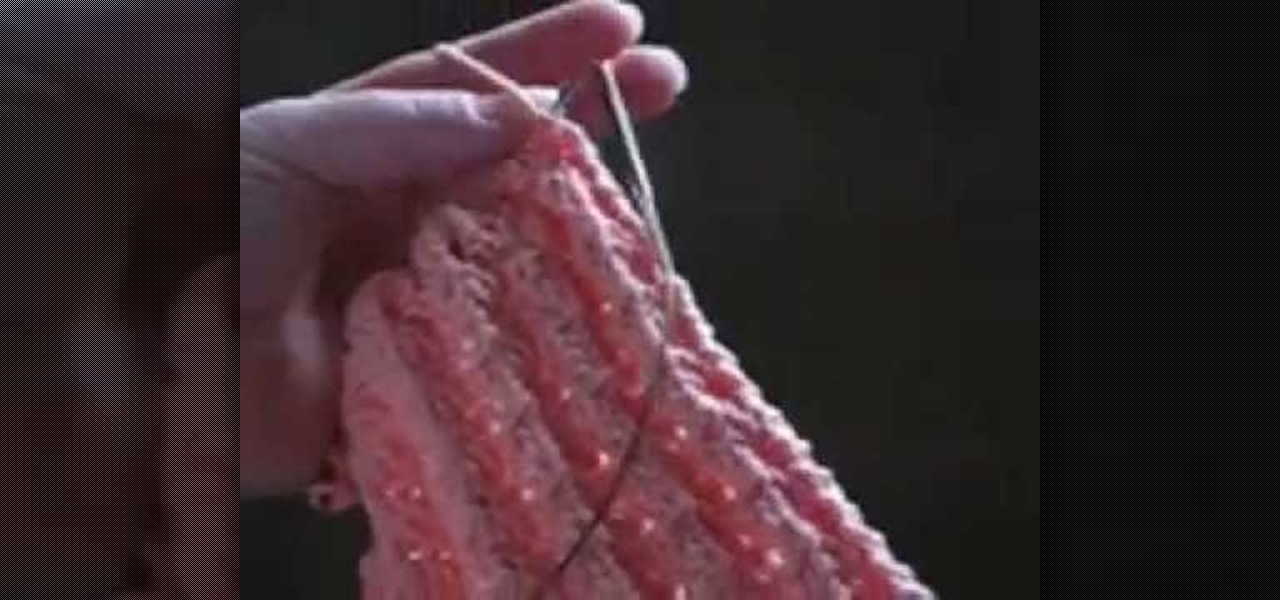
Iknitwithcatfur teaches us how to knit perfect puffed ribs. Cast on a multiple of 3 stitches plus 2 stitches. This means that any number of stitches that you want to cast on for you project must be divisible by 3 plus 2 extra stitches to create the selvage. Purl the first 2 stitches of row 1 then begin the repeating pattern of yarn over, knit 1 stitch, yarn over, purl 2 stitches. Repeat this pattern until the end of the row. This will be the right side of your knitting. In knitting abbreviati...

This how-to video provides a demonstration of pass slipped stitch over, PSSO, or slip knit pass, SKP. The PSSO is a very common way to decrease stitches on a row, and is much easier to do than say. Watch this video knitting tutorial and learn how to knit a pass slipped stitch over.

This how-to video demonstrates the dot stitch knitting pattern. The dot stitch creates a textured, pebble-like surface on the knitted piece. Watch this video knitting tutorial and learn how to do the dot stitch pattern.
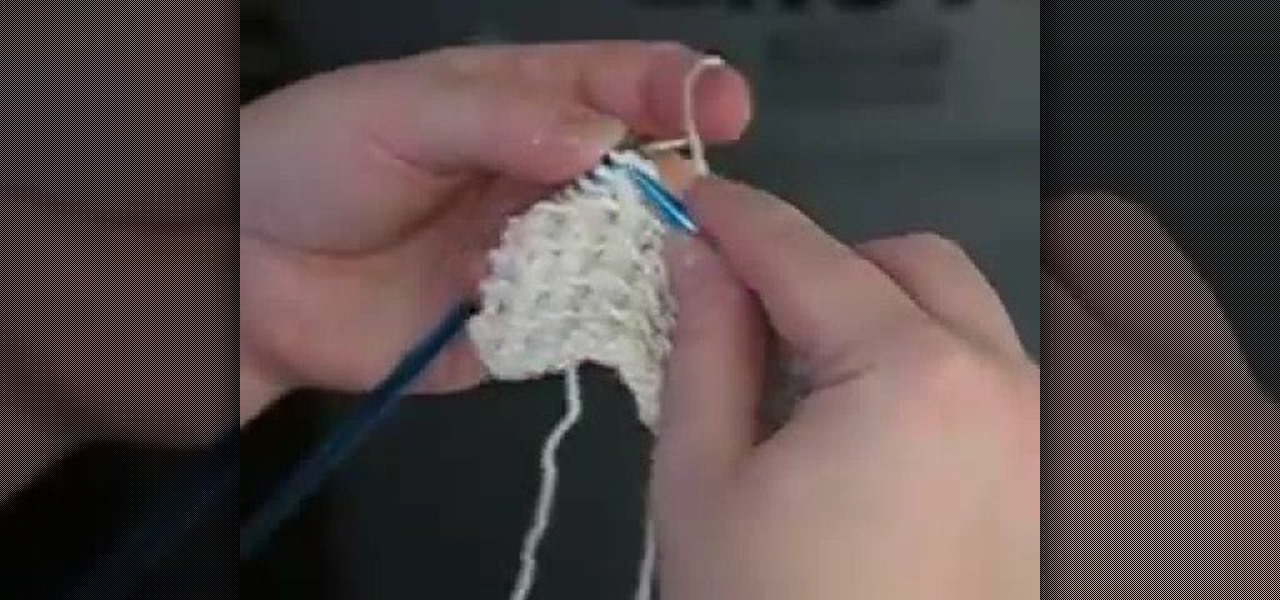
This how-to video demonstrates the bamboo stitch knitting pattern. The bamboo stitch is very textured, and involves yarn-overs on the knit stitches. Watch this video knitting tutorial and learn how to do the bamboo stitch pattern.

This how-to video demonstrates the twin rib stitch knitting pattern. The twin rib stitch has a lot of stretch and looks the same on both sides, making it useful for knitting projects that will have both side visibility. Watch this video knitting tutorial and learn how to do the twin rib stitch pattern.
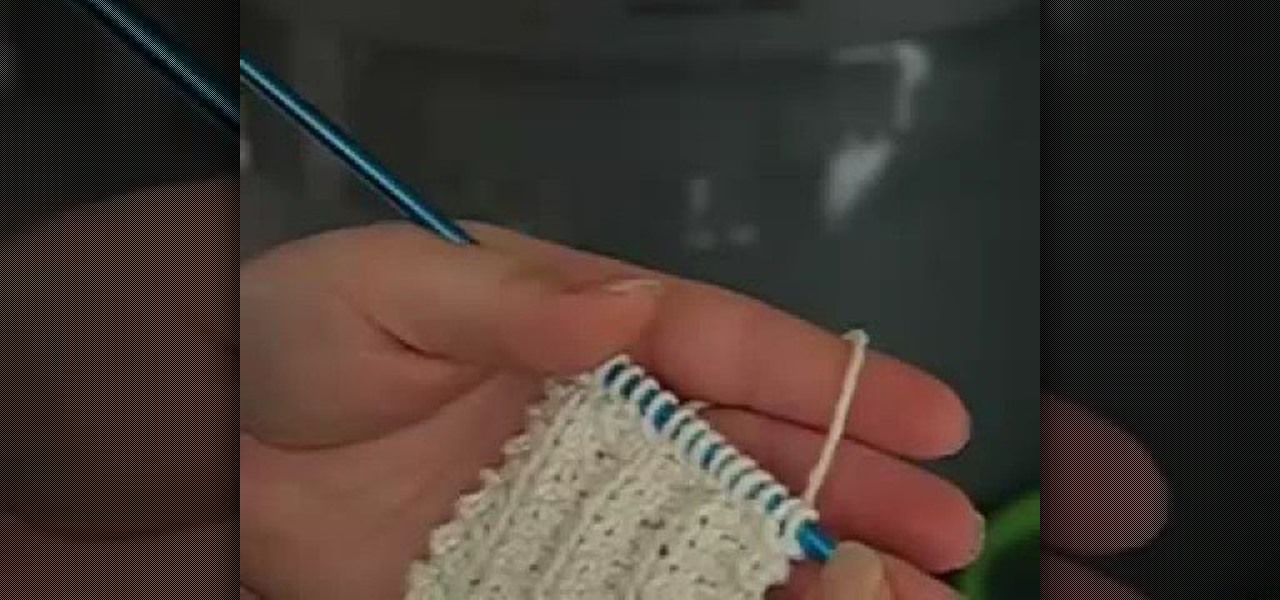
The mistake rib stitch, as demonstrated in this how-to video, may have started off as a failed attempt at ribbing, but still looks nice. The pattern is easy: knit two, purl two, knit two again, and purl one last one. Watch this video knitting tutorial and learn how to do the mistake rib stitch.

The double moss stitch or double seed stitch, as demonstrated in this how-to video, is just a knitting pattern alternating between two knit and two purl stitches. It's very easy to do, but comes in two varieties, American, with the right hand, and English, with the left hand. Watch this video knitting tutorial and learn how to do the double moss stitch.

The moss stitch, as demonstrated in this how-to video, is just a knitting pattern alternating between a knit and a purl stitch. It's very easy to do, but comes in two varieties, American, with the right hand, and English, with the left hand. Watch this video knitting tutorial and learn how to do the moss stitch.

In this video, the demonstrator sets up a knitting machine for the first time. This is a unique opportunity to provide a video guide for going through the first real run through on a knitting machine. This instructional video should help out new machine knitters or folks who want to look at how to look at their machines and how to start knitting on them.

This instructional knitting video demonstrates how to knit the basic purl bind off. After you cast on, knit and purl your pattern and finish your project, there's just one more step that has to be completed: get your project off the needles. The purl bind off is a simple and quick method for making a finished edge.

This instructional knitting video demonstrates how to do a purl stitch. The purl stitch usually functions in tandem with the knit stitch. For the purl stitch, always remember to keep the working yarn in front of your needles. When switching from knit to purl stitch, you will move your working yarn from the back of the work to the front of the work to prepare for a purl stitch.

Watch this instructional knitting video to knit a long tail cast on. Long tail cast ons are probably the most common knitting cast on that give your edge a nice, smooth finish. Make sure you have plenty of yarn for your cast on. Your knitting will be as wide as your cast on row if you do not apply any shaping, such as increasing or decreasing. The long tail cast on is probably the most common knitting cast on method.

This stitch pattern was featured in the May 2008 issue of Simply Knitting. Here is a brief demonstration of how this stitch pattern is worked. You will be working in multiples of two stitches with one added stitch at the end of each row. Watch this knitting video to learn the secret to knitting a cool rolling pleat pattern.

This video will teach you how to join a new ball of yarn to your knitting using the "knitting in" method. With sly handiwork you can begin to weave in a new ball of yarn without dropping the old strand of yarn. It helps to knit in the new yarn in a less visible area.

This video will teach you how to bind off your knitted stitches. The basic bind off is the most commonly used method of finishing knitting projects, especially for beginners. Follow these step by step instructions to knit a neat and straight finishing row.

The Turkish cast on is a great technique for avoiding the bulk of traditional seams. This video knitting tutorial shows how to knit a Turkish cast on, specifically for rounded doll accessories. Learn how to knit a Turkish cast on with double point needles by watching this instructional video.

Learn to cast on without needing a yarn tail! This is a simple method that also happens to complete your first row of knitting at the same time. This how to video tutorial is a quick demonstration that will show you how to cast on in knitting. Anyone can learn to knit and it's a great craft to know if you want to give handmade gifts!

This is a short video on how to bind off knitting which can be performed both knitwise and purlwise Learn how to perform this basic knitting move to finish off rows of stitches in a minute.

This video shows how to cast off in knitting. Casting off is also known as binding off. This video demonstrates the basic cast off method, which is fast and easy to work and produces a firm edge to the knitted fabric.

This video demonstrates the basics of loom knitting: knit stitch, purl stitch, twisted knit stitch, and basic bind off. Watch and learn.

This week's CRAFT Video Podcast is the second in a two part series on how to make intarsia/stranded knitting pattern from an image in Photoshop. We'll go from the gridded pattern we made last week to a knitted back panel for the sweater using a mixture of intarsia and stranded multicolor knitting.

Tie loose ends together - in the literal and original sense sense of the phrase - by sewing together the ends and/or hems of your knitting projects like a pro. Whether you're fusing together two pieces of wool-knitted cloth to form the back of a beautiful winter sweater or just want to join patchwork knits into a rasta-cool beanie, knowing how to stick pieces together is integral for a tidy project.

In this video, we learn how to knit double motifs. First, make a grid so that you have an even number of stitches all the way around your motif. After this, cast two colors onto the needle, making sure they stay in order. Cast on a total of twenty stitches, which will be just one side of the square for your motif. After this, start to stitch the rows until you reach the middle where your shape will be. Exchange the colors so the pattern in the middle looks how you want it to. After this, bind...

In this video, we learn how to knit a hat on circular needles. First, use a stitch marker to mark the beginning of the round and make sure no stitches are twisted around. Now, join the two ends by knitting your stitch and using both of the loose ends at once. You will now start knitting and going around. You can make as many knits as you want and do any types you would like, making sure you go in the circular motion around the brim of your hat. You can style this as you prefer, then enjoy whe...

In this tutorial, we learn how to knit a daisy stitch. First, you will knit all the stitches for one row. On the next row, you will purl three together making yarn over, then purling the same three stitches together again. Having looser stitches in the first row will help with the ease of knitting the second and third row. Continue to do this process until you are finished. Knowledge on how to do these stitches is extremely important. If you don't know how to knit before this, you won't know ...

Knit one below, also referred to as knit 1 below or k1b, means exactly what you think it would mean (unless you know absolutely nothing about knitting or stitching). It means "knit one in the row below", and it could be a little tricky when using a KISS loom. So, if you want to learn about knitting in the stitch below, just tune into this crafty video tutorial.

This instructional knitting video provides tips for making interesting patterns using a knitting machine. This is a demonstration of how to use a knitting machine to do a back stitch bind off. You need to master this tricky step in order to take your knit work off of the knitting machine. You may want to reference some written instructions in addition to watching this knitting video.

Knitting with beads is a lot like regular knitting, only you're attaching beads to your string in order to create a more pearlized look, or to add complexity to a knitted purse, flower, or hat. Adding beads is a wonderful way to switch up the old knitting routine at minimal cost and effort.

In this tutorial, we learn how to make a diagonal lace stitch pattern. Begin by knitting the first and second stitch. Then, make a yarn over and then slip slip knit, which will create a left slanting decrease. Now, you take your left needle and slip it through these two stitches and knit them together. Then, knit one and continue to repeat the yarn over and slip slip knit until you are at the end of the row. Continue doing this for 6 rows, and when you are done you will have a diagonal lace s...

In this tutorial, we learn how to knit a left handed scarf patter. To begin, you will cast on 20. After this, you will knit for two rows, then on the next row you will knit once and yarn off twice, then end with a knit one. Repeat this again fro the next row, or how every many rows you want your scarf to be long. When you are done and have the desired length, you will bind off and your scarf will be finished! If you wish, you can change colors between rows to get a colorful effect, or just us...

This video will explain how to knit a left handed purl stitch.

Even though everything else is automated on a knitting machine, you're still going to need to cast on. This is a short video demo showing how to make an 'e' wrap cast-on when knitting double bed rib that works only on Japanese knitting machines. Watch this video knitting tutorial and learn how to do a double e wrap cast-on on a Japanese knitting machine.

This is an easy, up close, demonstration of yet another way to unravel your knitting when you make a mistake. By Judy Graham, Knitter to the Stars, who's knits have appeared in movies, TV, and concerts for over 30 years and who has been hand knitting for over 50 years. Watch this video knitting tutorial and pick up another simple way to unravel yarn to fix a knitting mistake.

In this free video knitting lesson, you'll see how to create stockinette stitch (St st) shown in the English or throwing style. For more information, including complete, step-by-step instructions, and to get started using stockinette stitches in your own knitting projects, watch this helpful video guide.

The ssp (slip, slip, purl) is a decrease made on the purl side of your knitting, and is a mirror decrease to the p2tog (purl two together). In this clip, it's demonstrated in the continental. style. For more information, including complete, step-by-step instructions, and to get started utilizing this decrease in your own knitting projects, watch this free video knitting lesson.

This clip demonstrates a left-leaning decrease sometimes used in knitting. It is usually called the "pass slipped stitch over" decrease (PSSO), or the K1, SL1, PSSO (knit one, slip one, pass slipped stitch over). In this clip, it's shown in the continental style. For complete, step-by-step instructions, and to get started using this stitch in your own knitting projects, take a look.

This clip presents a complete overview of how to perform a purl-two-together stitch in the continental or European style when knitting. Purl two together (p2tog) is a very useful decrease used on the purl side of your knitting. For comple instructions, and to get started using this stitch in your own kitting projects, take a look.

Stay tuned for this knitting instructional video on the gusset stitch. When you knit the heel flap, you slipped a stitch at the beginning of each row. This made a very nice chain through which you can pick up the gusset stitches. You can either pick up stitches through the whole chain stitch, or through the back loop of the chain stitch. Picking up stitches through the whole chain stitch creates a rather definite seam on the inside which could be uncomfortable to wear. I prefer to pick up the...

This video knitting tutorial shows how to stitch the cross-over cable. All the action takes place in rows 2 and 3, while rows 1 and 4 are worked in ribbing. Watch this instructional knitting video and learn how to stitch a cross-over cable pattern.

During winter, a person's body loses most of its heat through its head. Protect your baby from bitter, cold winds with a knitted santa hat or elf hat.








